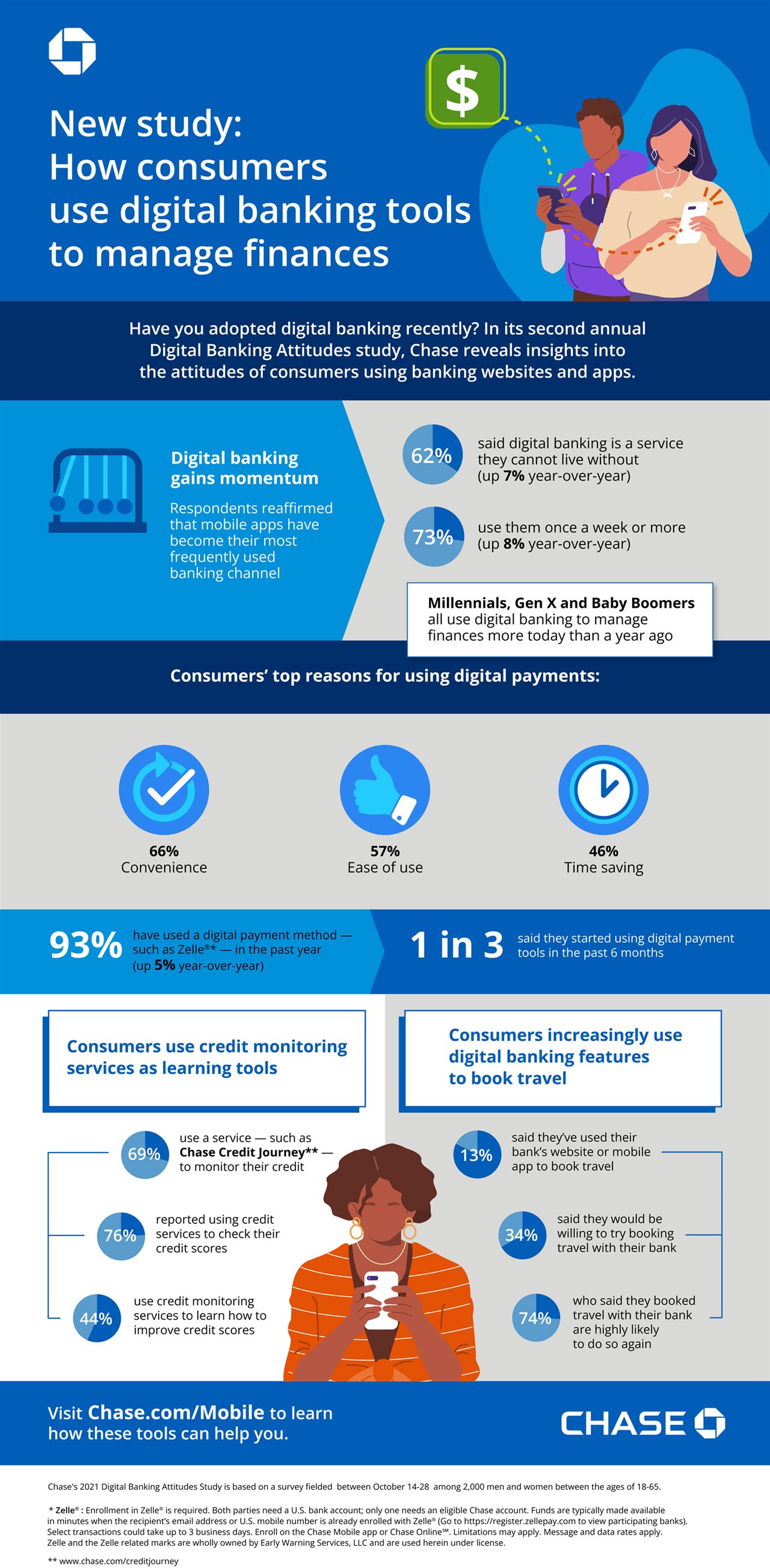2022-04-28T08:35:00
(BPT) – Americans of all types love their credit cards. The vast majority own at least one card — including nearly two-thirds of those earning less than $40,000. Despite this card craze, many people don’t use their credit cards to their fullest potential.
Credit cards are much more than just a safe and convenient payment method. They also help consumers develop budgeting habits and build their credit, allowing future big-ticket purchases like houses and cars. Here are three tips everyone should know to get the most value out of their credit cards.
1.) Tap into valuable rewards
Credit card rewards programs are not new to American consumers. In fact, according to the Electronic Payments Coalition (electronicpaymentscoalition.org), 87% of cardholders owned a rewards credit card, including nearly three-fourths of low-income cardholders earning less than $20,000 per year. Moreover, these cardholders greatly prefer their rewards cards, spending on average 43% more compared to non-rewards accounts.
It’s no wonder why these types of cards are so popular. There are hundreds of credit card rewards programs to choose from, and each of them provides value for a different kind of lifestyle. For example, if a cardholder likes to travel, they might choose a program that earns airline miles, hotel stays or rental car points. Other cardholders may have large families, so they may find the most value in a rewards program that offers increased cashback at bulk retail or grocery stores like Costco or Sam’s Club.
No matter one’s lifestyle, there’s a credit card and rewards program out there for everyone. These cardholders understand the immense value gained from rewards programs. In fact, 96% of rewards cardholders say that their card-based rewards programs are valuable, and the majority report that their card rewards deliver value on every purchase.
2.) Set alerts to manage your spending
A simple swipe of the credit card is certainly easy and convenient, but sometimes it helps to set your own limits. Thankfully, electronic payments allow you to do precisely that. Many credit card companies provide online trackers and balance alerts to help their customers establish healthy financial practices.
These tools help cardholders manage their spending, ensuring consumers never incur overdraft fees. Utilizing real-time information, online trackers can show cardholders exactly how much they’ve spent in one period and how close they are to their limit. Adding another layer of protection, balance alerts notify cardholders when they’ve crossed a certain balance threshold via text, email or push notifications.
Better yet, these tools are often completely customizable — perfectly conforming to each cardholder’s unique needs. For example, a cardholder can set tighter restrictions and alerts on their credit accounts if they know they aren’t especially frugal. Another cardholder might want to save for a big purchase, so they could set a balance alert to ensure sufficient funds are set aside.
3.) Analyze your spending to build better financial habits
In addition to balance alerts and real-time trackers, most credit card companies will provide a detailed summary and analysis of a cardholder’s monthly spending. This detailed insight into cardholders’ purchase habits can inform and guide the development of better financial habits.
It’s easy to lose track of how many days you stop for coffee in the morning, and who could blame you — those pumpkin spice lattes are delicious! But those purchases add up, and it’s all too easy for unsuspecting patrons to overspend. Accessing this data provides essential resources for future budgeting and building better habits.
Without the use of a credit card, analyzing monthly spending habits would require an incredible amount of time — creating an unnecessary headache. Fortunately, credit cards make this process simple and easy. Cardholders can efficiently set budgets and monitor their purchases, gaining deeper insight into their own spending habits.
As you can see, credit cards provide their users with a variety of tools and resources to make their money work for them! Whether it’s earning rewards, building credit, setting spending limits, or strengthening healthy financial habits, there are many ways to get the most out of your credit card. So, what are you waiting for? Start using your card today.









